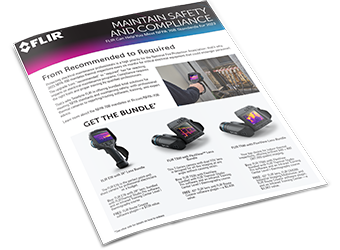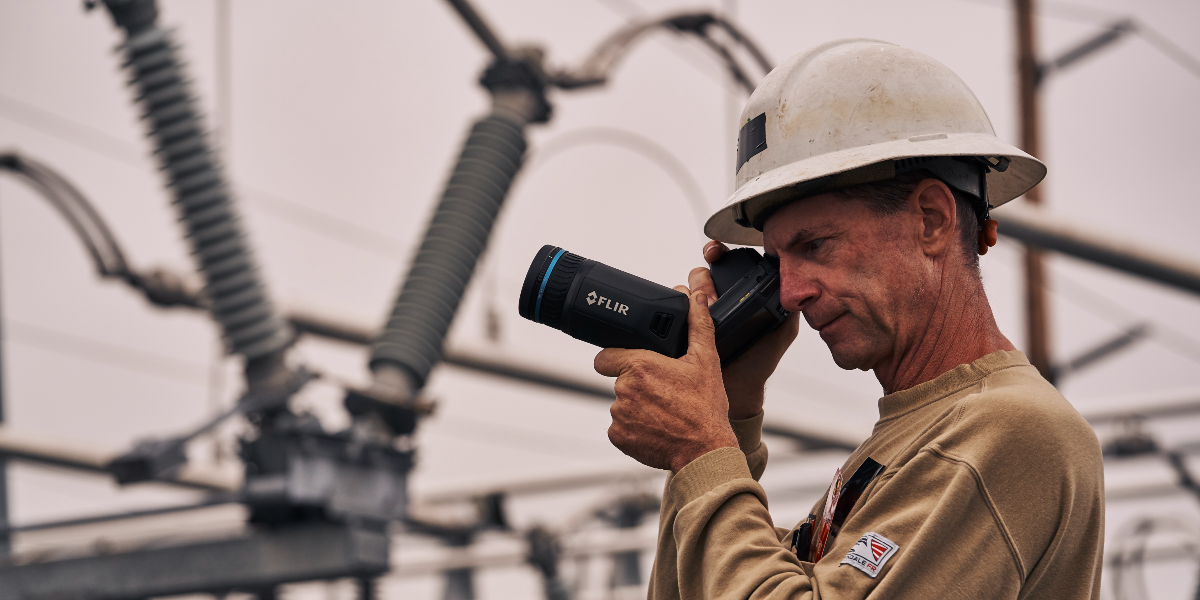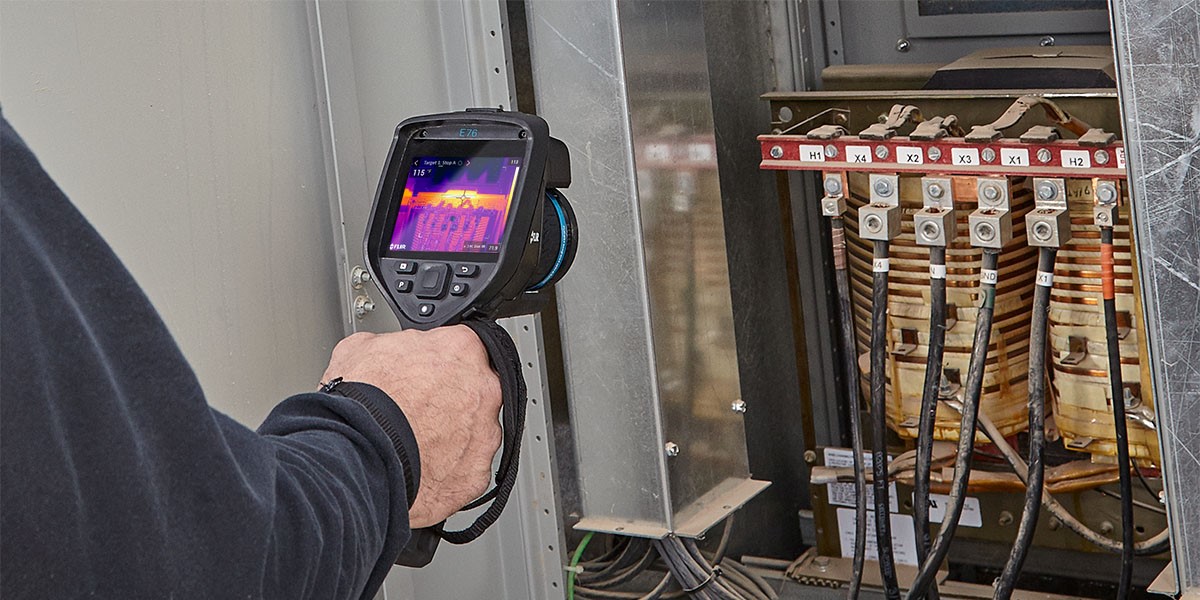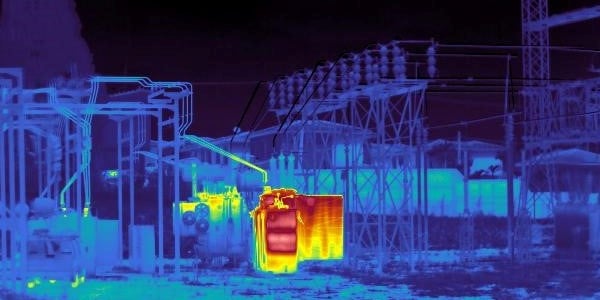Reviewing the Specific Thermography Regulations within NFPA 70B 2023
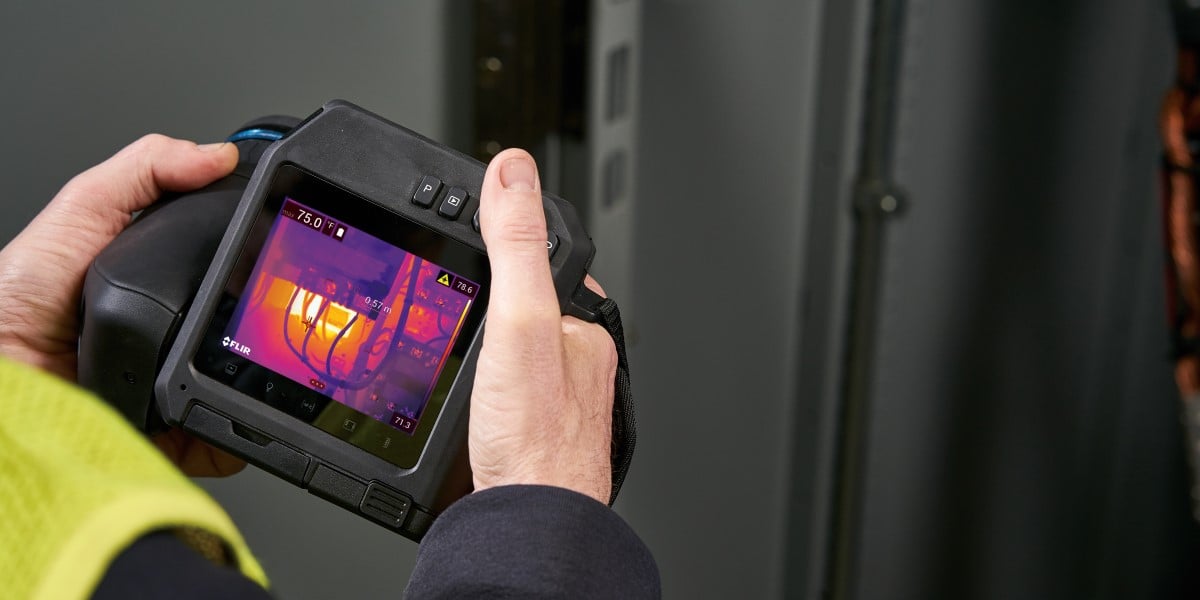
Electrical Thermographers Now Must Document Inspection Findings When Performing Infrared Imaging Inspections
Earlier this month, Teledyne FLIR noted the recent rule changes to The National Fire Protection Association (NFPA) NFPA 70B, a set of guidelines for creating an effective electrical preventive maintenance (EPM) program commonly used in industrial plants, commercial buildings, and large residential complexes.
The big change for thermography, or the ability to detect and measure infrared energy, is that NFPA 70B 2023 has transitioned from providing recommended practices to mandating industry standards, covering the required development, implementation, and operation of an electrical maintenance program (EPM).
Lives Cannot Be Replaced, but Equipment Can
One of the primary reasons for the standards is to improve safety—to protect individuals who operate on or near such equipment or who routinely inspect and provide maintenance for electrical systems. Unexpected shutdowns and maintenance can also hamper productivity and increase costs. Therefore, maintaining an effective EPM is vital both for the health and safety of personnel and for the financial health of their respective organizations, ranging from private businesses to government agencies, that are required to complete condition monitoring and maintenance work. The NFPA recognizes that thermography is now mission-critical to an effective EPM.
![]()
How FLIR Can Help You Meet NFPA 70B
See the FLIR products that can help keep you safe—plus get great savings on all the tools you need to remain in compliance with NFPA 70B 2023.
NFPA 70B And the Role of Thermography
The updated rules outline specific steps and conditions that inspection programs must follow regarding the use of thermography equipment in section 7.4, “Infrared Thermography.” More specifically, the rules concern the use of thermography equipment for identifying temperature differences, known as “Delta T” or ΔT. This is a foundational concept for identifying potential issues within electrical equipment, providing a first line of defense against dangerous conditions in industrial facilities or buildings, and for identifying potentially faulty assets before they fail and possibly cause damage or injury.
Delta T and Documentation
Section 7.4.1 requires thermography shall be used to measure the temperature difference of similar electrical components, under similar loading, and to compare the temperature differences between electrical components and ambient air temperature. If there are covers, those should be removed prior to the inspection to ensure that the thermography tool and the operator can maintain a clear line of sight with the equipment being scanned.
In addition to detecting ΔT, the rules also require documentation, noting “temperature differences between the area of concern and the reference area shall be documented” in section 7.4.3.
The requirements to not only identify temperature differences and then document conditions means the use of thermography equipment should also include analytical functions within the device. Those functions may include the use of multiple spot meters, isotherms, and reporting software, to name a few. Tools that document ΔT between measurement tools can save time during inspection and reporting. The ability to capture ΔT between components and between component and ambient air temperature on both camera and the reporting software is essential for thermography tools that meet NFPA 70B requirements.
In a future blog post, we will dive into specific thermography inspection tools and software that will enable inspectors to more easily follow the new recommendations, including documenting changes, to maintain a safe and effective EPM.
For more details regarding specific thermal imaging recommendations in NFPA 70B 2023, read our informational article.
For more details on the requirement for PD testing in NFPA 70B, read our article on Partial Discharge testing.
Review the specific thermography regulations within NFPA 70B
Learn how to document thermal inspections findings.
And for a more thorough discussion including a Q&A session, watch an Infrared Training Center webinar on NFPA 70B recommendations
Contact your local FLIR sales manager
